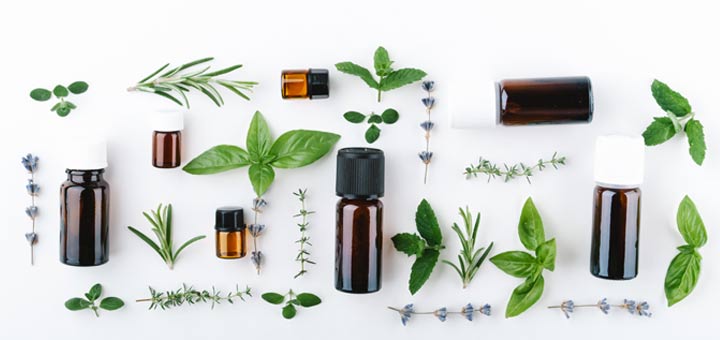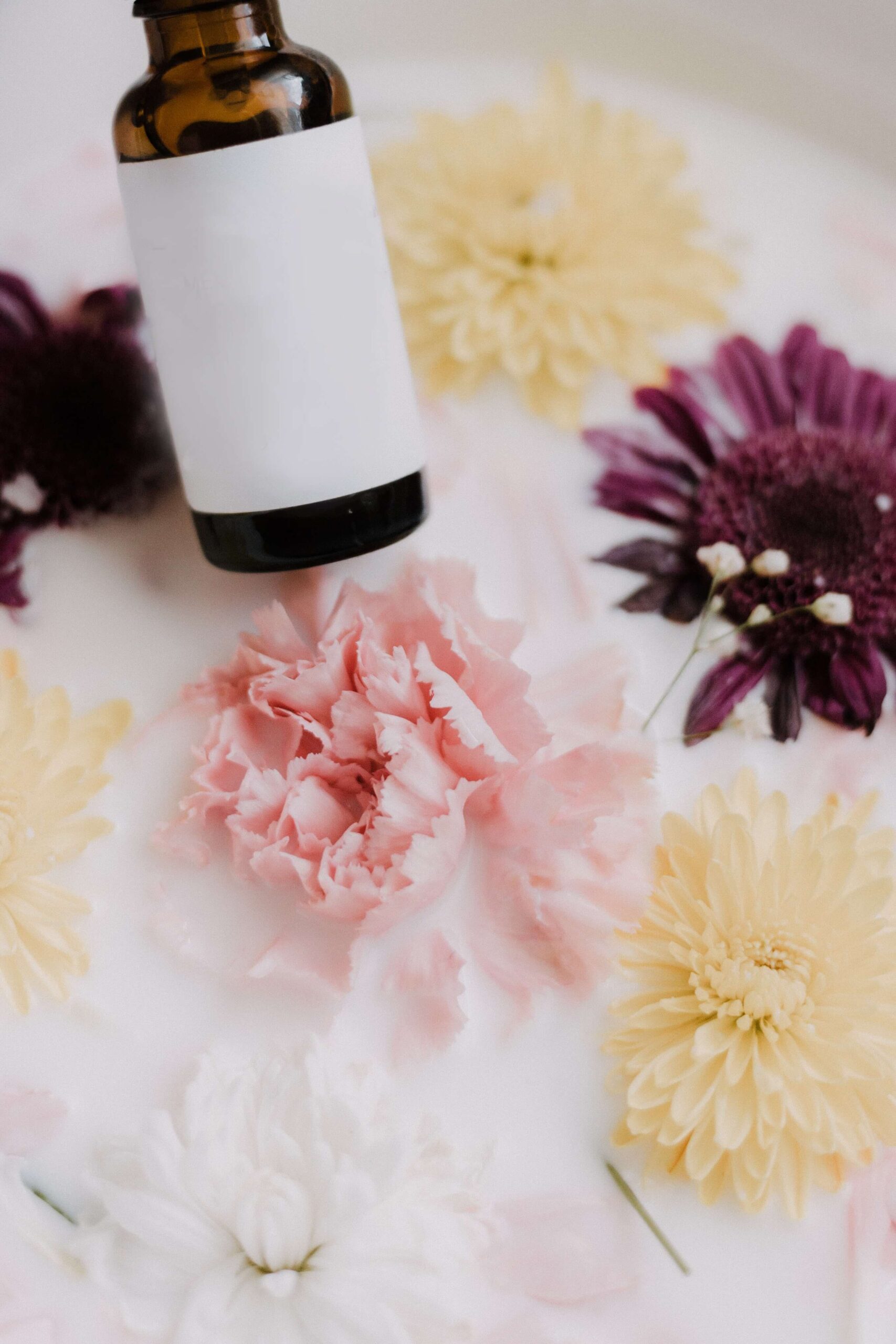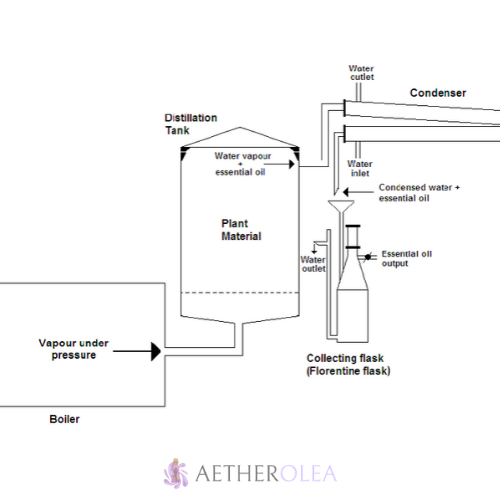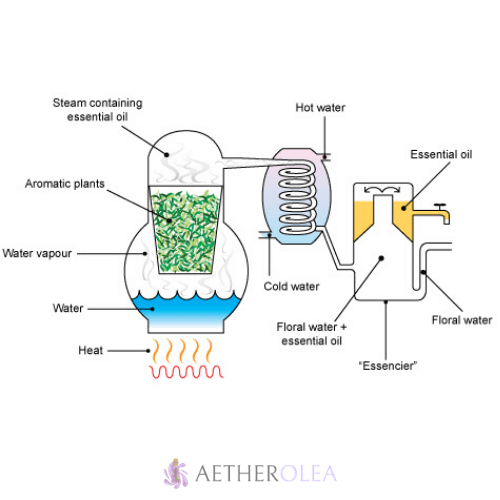
How Are Essential Oils Made
With the rising popularity of essential oils, researchers and experts have renewed their interest in discovering the mythical secrets surrounding these substances for years. When you talk about essential oils or hear people discuss them, they almost come across as a magical product that is created in some mystical land far away. There is no doubt that the healing properties and health benefits they hold are really quite extraordinary but their presence or creation is no magic. Essential oils have been a staple in botanical science for a long time and been used in plant medicine since the beginning of civilization. In order to understand fully how these essential oils are made, one needs to be aware of where they have come from. But the short answer is this:
Essential oils are made by collecting the aromatic chemicals from a plant through an extraction process: Steam and/or water distillation, cold pressing and carbon dioxide (CO2) extraction. Once extracted, they are combined with a carrier oil for a ready to use product.

Considering that the essential oil is derived from the plant, the question arises whether is it physically in such a form or has to be made that way? Well, as mentioned above, the glandular structure is responsible for creating the aroma or oil which can be found on the surface in some plants and exist internally within a few. For example, when you touch or feel the leaf of a lavender plant, you might be able to take in the smell of the essential oil from your fingertips. This means that the oil glands of the plant are external. Otherwise, in a eucalyptus plant, one has to open up the leaf to find the essential oil or aromatic compound present within.
In any case, it is always better to access the essential oil instead of taking the herb in its original form because concentrated oil is more practical and easier to make into the final product. Other than that, the oils are also 80% higher in potency than the dry plants.

What Are Essential Oils
Basically, essential oils are compounds or elements extracted from various plants and they carry the aroma or aromatic structure of the source plant. In a way the oils are known to capture this aroma or essence of the plant. What you may find surprising about these essential oils is that they are actually created by the plants in their glandular system. Each plant creates or has its own aromatic essence or ‘quintessential oil’ which it produces for its own wellness and protection. At times, the essential oil can work as a natural anti-bacterial or anti-microbial against pests and other threats.

In a way, you can say that essential oils come from the life source of the plant and they are nature’s protection that has been created by or in nature for natural wellness.
Are you a curious soul? Read more about what are essential oils here.
How to Make Essential Oils
A number of people assume that essential oils are actually oily compounds found in plants. This is not quite true. These oils are just essences of the plant it comes from and only act in a way similar to it.

There are various ways in which essential oils are collected from the plant and made;
- Steam Distillation,
- Expression (cold) and
- Carbon Dioxide (CO2) Extraction
During distillation, they can rise up on the water and float like oil, and as one of the most used methods to make essential oils, lets dive deeper.


Steam Distillation
It is the oldest and one of the most common methods of making and extracting pure essential oils. The technique employs the use of heat in the form of steam which passes through a container that holds the raw plants or herbs. With steam the plants release their aroma or aromatic compounds which rise and vaporize.

Now, there is water vapor and plant steam that is taken to cool into a condenser. As it becomes cooler and turns back into water, the liquid is passed through a separator where it splits into two parts. On the top is oil that has the oil soluble compounds and on the bottom is the floral water or hydrosol. These oil particles are then decanted and taken as essential oils.
Expression (Cold)
This method is a technique used to collect and extract essential oils from citrus fruits specifically. Basically, the cold expression happens when the skin or peel of the citrus fruit is pressurized to release essential oils. The outer skin is first softened by pricking and small punctures are made into it after which the peel is soaked in water that has to be mildly warm. In order to release the oil, this has to be pressed mechanically and then passed through a centrifuge so that the oil is essential oil is separated from the juice.


CO2 Extraction
Now, CO2 extraction may be slightly more complex but it can allow the essential oils to be extracted from delicate and sensitive plants smoothly. The carbon dioxide (CO2) is used as a solvent with the plant material and heated up to a specific temperature where it reaches a certain foggy state. When the aroma dissolves with the denser CO2, the combined substance is collected in a separate container. In that area, it is allowed to return to normal pressure and resume its original state of gas. The residue that is left behind is purely the aromatic extract from the plant.
Join
Work With Me

0 Comments